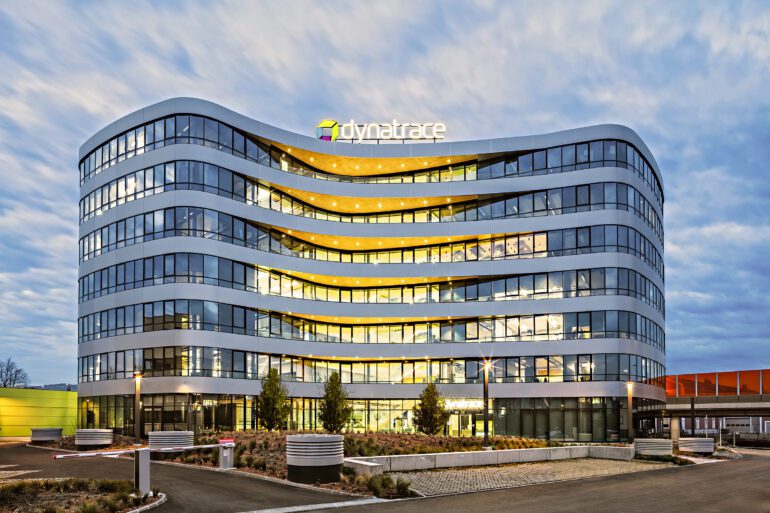TL;DR:
- Dynatrace incorporates generative AI capabilities into its Davis engine, enhancing its observability platform.
- DevOps teams benefit from workflow recommendations based on historical data and analysis of dependencies.
- A multimodal AI platform with common metrics and topology aims to improve IT issue resolution and productivity.
- Speculation surrounds AI’s impact on DevOps, but AI adoption is essential for future success.
- Integration with automation frameworks is crucial to maximize the value of AI insights.
Main AI News:
In a strategic move aimed at empowering DevOps teams, Dynatrace has announced the incorporation of generative artificial intelligence (AI) capabilities into its innovative Davis engine. The Davis engine, well-known for its application of machine learning algorithms to the observability platform, now takes on a hypermodal approach to AI by harnessing the power of probabilistic AI capabilities from Davis CoPilot. These capabilities are fueled by the prowess of large language models (LLMs), originally developed by the renowned OpenAI.
The newly added generative AI capabilities equip DevOps teams with an invaluable tool, presenting them with workflow recommendations through an intuitive natural language interface. These recommendations are generated based on meticulous analysis of historical data, encompassing crucial elements such as sales and customer experience trends, seasonality, and the health of cloud applications. Moreover, the system adeptly analyzes dependencies across extensive datasets while preserving context accessed via the Dynatrace Grail data lakehouse and the Dynatrace Smartscape application visualization and mapping framework.
Dynatrace has diligently crafted a compelling case for a multimodal AI platform, adeptly utilizing a common set of metrics, traces, logs, user behavior, and topology. Through this, machine learning algorithms successfully identify the root cause of IT issues, which are then resolved through the application of generative AI, delivering expert recommendations. The company is optimistic, foreseeing substantial productivity improvements ranging from 10% to 20% annually for IT teams who embrace this transformation.
Undoubtedly, the potential of a multimodal approach to AI in the realm of IT management is still unfolding, but Dynatrace’s vision reveals a clear trajectory. As IT operation teams experience heightened productivity, a liberating effect will ensue, affording them more time to concentrate on innovative pursuits. Presently, many manual tasks still occupy IT teams, siphoning precious time away from building and deploying new applications. Dynatrace’s shift towards automation and AI endeavors to remedy this bottleneck, streamlining processes and boosting efficiency.
Speculation abounds regarding AI’s impact on DevOps, with contrasting viewpoints vying for attention. Some proponents predict a future where the entire software engineering process is automated, essentially reducing the cost of application development to zero. Others argue that AI will harmoniously complement DevOps teams, simplifying the management of IT at scale, either maintaining the current number of engineers or potentially even fewer.
Amidst these debates, one certainty remains: the imminent pervasiveness of AI will drive the adoption of automation frameworks. Organizations are increasingly driven to operationalize the valuable insights surfaced by AI platforms. To maximize the benefits of these insights, seamless integration with automation frameworks is essential—an insight underscored by Steve Tack, the Senior Vice President for Product Management at Dynatrace.
In the rapidly evolving landscape, the adoption of AI tools is no longer a luxury but a necessity for DevOps professionals. These tools hold the promise of increasing the likelihood of their success and professional growth. Organizations that readily embrace AI will gain a competitive edge in the short term, but as AI becomes a standard, it will be a matter of survival. The ability to manage application environments at an unprecedented scale and minimal cost will be the differentiator between success and obsolescence.
Conclusion:
Dynatrace’s integration of cutting-edge generative AI into its Davis engine signifies a significant leap forward in the observability and AI-powered IT management domain. This strategic move equips DevOps teams with a powerful tool to streamline workflows and resolve IT issues more efficiently. As AI continues to become pervasive, organizations must embrace automation and AI tools to remain competitive in the market. The future belongs to those who leverage AI effectively, driving IT environments at unprecedented scales and reaping the benefits of increased productivity and innovation.

